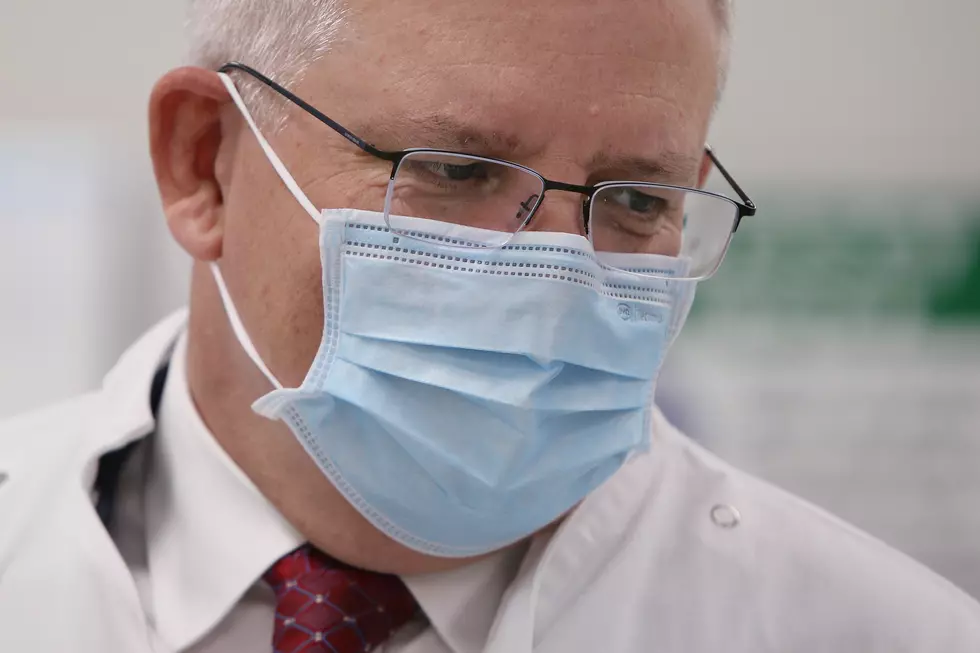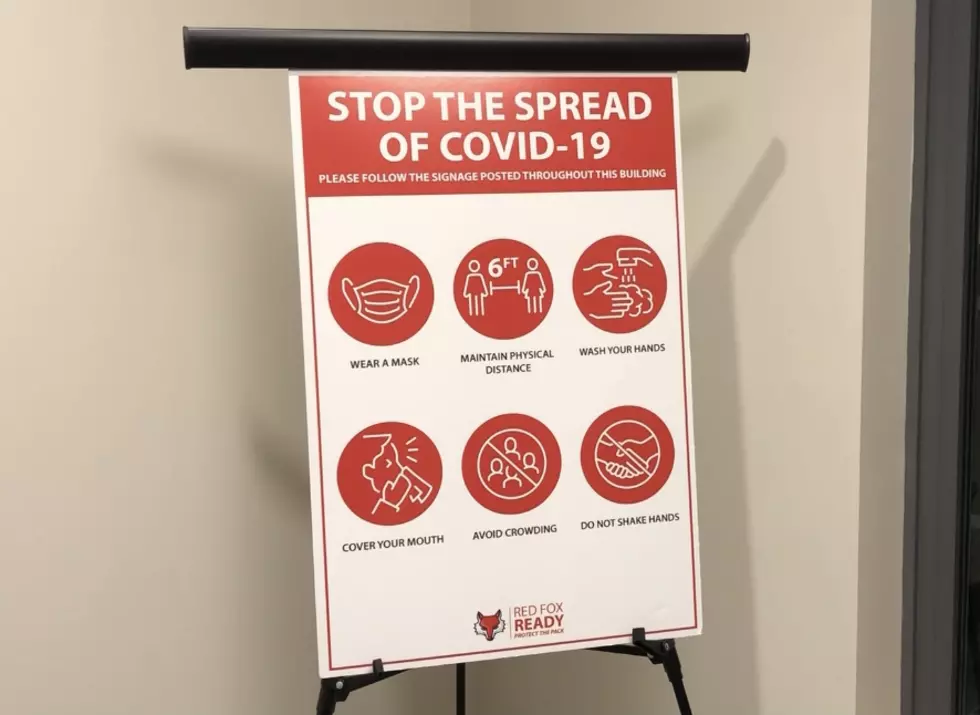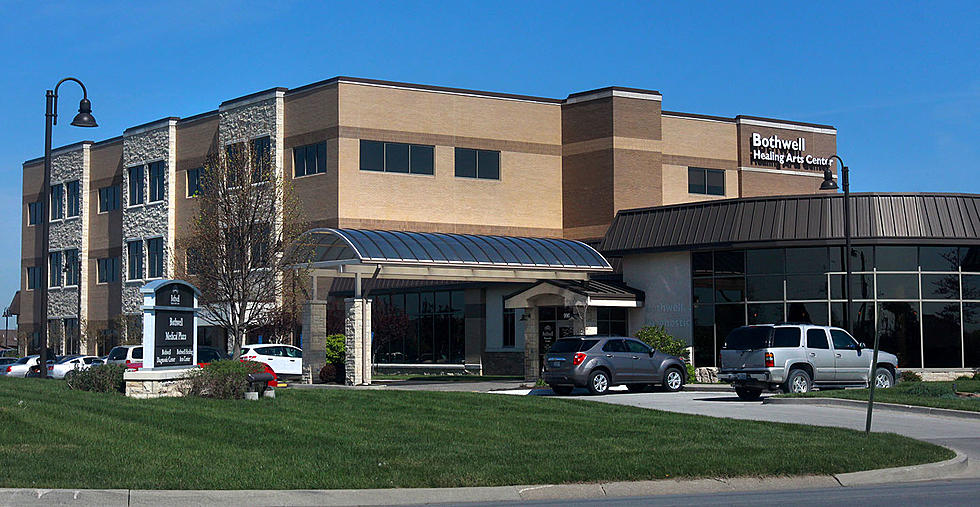
‘Wear a mask’ Says Bothwell’s Chief Medical Officer
Wear a mask. These three simple words are backed by an ever-growing body of scientific studies that show simply wearing a mask can slow the spread of COVID-19.
Cloth and DIY masks sit at the crossroads of scientific data, public perceptions and political opinions. Setting aside the recent public health emergency rule passed by the Pettis County Health Center, which requires people to wear face coverings when six feet of social distancing cannot be maintained, the next most contentious issue is whether or not cloth masks work.
According to Dr. Philip Fracica, Bothwell Regional Health Center’s chief medical officer, the key to understanding the science of mask use is understanding how infectious respiratory viruses are transmitted from person to person.
“There are different sizes of particles people produce when they sneeze, cough or speak,” Fracica said. “The main difference is aerosol, or airborne spray, versus larger particles, or heavier droplets. The current evidence indicates that large droplets are the principle means of transmission but that some degree of aerosol infection can occur and that masks can dramatically reduce the ‘shedding’ of all droplets and spray.”
Fracica cited evidence from laboratory studies of respiratory droplets and the ability of various masks to block them. A laser light-scattering experiment published in the New England Journal of Medicine on May 21, 2020, showed that hundreds of speech-generated droplets from 20 to 500 micrometers were generated from speaking a simple phrase, but that nearly all of the droplets were blocked with the speaker’s mouth was covered by a damp washcloth.
“This is the ‘protection of others’ benefit of mask use,” Fracica said. “Masks don’t need to be perfect protection in order to be helpful when used by many people within the community. It makes perfect sense that using the easiest, least expensive and least burdensome solution of cloth or DIY mask is what we all need to do. Research indicates that even modest effectiveness of masks, such as 50% effective, can dramatically decrease the spread of disease within a population.”
According to a recent New York Times article, new research suggests that masks also protect the people wearing them, lessening the severity of symptoms, or in some instances, averting infection entirely. Dr. Monica Gandhi, an infectious disease physician at the University of California, San Francisco, and her colleagues make this argument in a new paper that will be published in the Journal of General Internal Medicine.
“Dr. Gandhi’s paper includes emerging evidence that masks also protect the wearer,” Fracica said. “The theory proposes masks can be the difference between being exposed to a few viral particles versus millions of particles. That lower exposure helps tip the balance in favor of the body’s natural immune defenses and increases someone’s odds of having no or mild symptoms rather than a serious or fatal illness.”
Dr. Jared Engles, an anesthesiologist at Bothwell Regional Health Center, took to his personal Facebook page July 30 to share his growing concerns about what he sees as the politicization of mask wearing and disinformation about the effectiveness of masks.
“I am a conservative who enjoys my freedoms just as much as the next person,” Engles wrote. “But I am also a doctor and a scientist who knows how to interpret good data from bad data.”
Engles said he keeps Pettis County’s case data for himself and has confidence in the publicly reported numbers.
“Masks work,” he said. “Look up case numbers and trends in communities and states that have had mask mandates. The number of newly diagnosed (active) COVID cases goes down after the mandate. What happens in areas that don't have mask mandates? Just look at us ... our active cases have shot up like a rocket. States without mask ordinances or mandates have much worse trends in active numbers and higher rates of hospitalizations.”
To support Engles’ point about the effectiveness of mask mandates, Fracica pointed to an early study published in Health Affairs on June 16, 2020, on the community use of masks and COVID-19 in 15 states plus Washington, D.C. that implemented mask mandates between April 8 and May 15. The study suggested that between 230,000 and 450,000 COVID-19 cases may have been averted by mask-wearing mandates.
“The study provides direct evidence on the effectiveness of widespread community use of face masks from a natural experiment,” he said. “The states that mandated the use of face masks in public had a greater decline in daily COVID-19 growth rates compared with states that did not issue mandates.”
Fracica noted that the most critical measurement the Pettis County Health Center must manage is the rate of new infections within the community compared to the rate of people becoming non-infectious (due to recovery).
“When the rate of new infections is exceeding the rate of recovery, then time is not on our side,” he said. “The longer that continues, the more people will become infected, and the more the virus will spread through the community. Unfortunately, this is where we are now. The health center’s goal is not to perfectly protect every person but to control the rate of the spread so that total cases drop. Widespread mask use will reduce the rate of spread so that we can get it under control.”
According to new data shared on Aug. 6 from the Institute for Health Metrics and Evaluation (IHME) at the University of Washington’s School of Medicine, America’s COVID-19 death toll is expected to reach nearly 300,000 by Dec. 1; however, if 95% of people wore masks in public settings, about 70,000 lives could be saved.
“Let's just give this whole mask thing a try,” Engles continued in his online post. “Whatever we are doing right now clearly is not working. I want my kids to be able to go back to school in a few weeks. Wearing a mask to protect those around you doesn't take away your freedom. It shows that you are a decent person who cares about your fellow members of society.”
More From KIX 105.7










